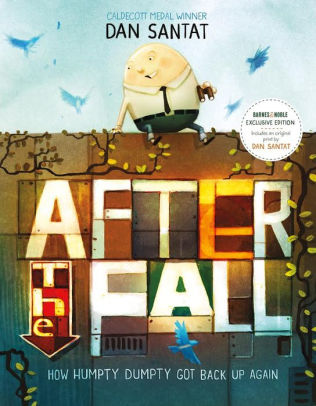Do you have dog? Maybe you do. They say a dog is a man’s best friend. But have you ever heard of anyone with a pet DUCK? ‘Wanted: The Perfect Pet‘ is a story written and illustrated, simply yet effectively, by Fiona Robertson. Once upon a time, there lived a boy named Henry. And there was one thing he wanted more than anything in the whole world. More than chips, more than a cowboy costume, more than an all-expenses-paid trip to the moon. It was a dog. So, he put up an ad.
Once there was a nameless duck and was all alone. When he saw the advertisement he dressed up as a dog and went to the boy’s house. When he got there, the boy exclaimed, “A DOG!!” But the “dog” wasn’t very good at doing tricks or playing games and when he chased the boy around the trees, he tripped, and his disguise came off. The boy thought about it for a minute, and then carried the duck home. He gave him a bath, a cup of tea, and then made a list about everything a duck can do that a dog can’t.
‘So you might not be a dog,’ said Henry happily, ‘but you are certainly not JUST a dog. In fact, you might just be The Perfect Pet for me. I think I’ll call you Spot!’
There are some connections I can make to this story. First of all, I can connect this to my self. I want a dog, because they are really cute and fun to play with. Secondly, I can connect this to media. On instagram there were many posts talking about dogs being tortured. Sometimes people burn or cook dogs ALIVE for entertainment. Their body parts are then sold for money. Finally, I connect this to a world issue. Ducks are dying because of oil spills. I’ve seen a Dawn advertisement where they clean the ducks with their soap.
All in all, this is a great book about a dog and his “perfect pet”.






